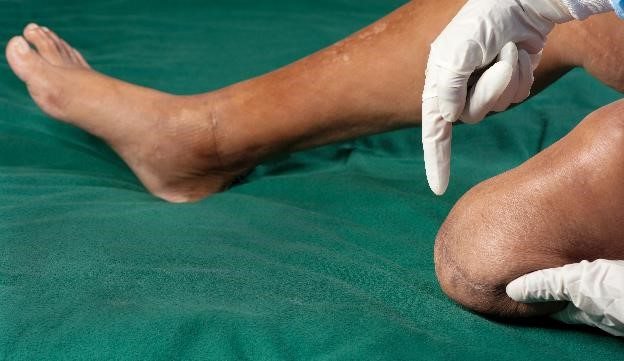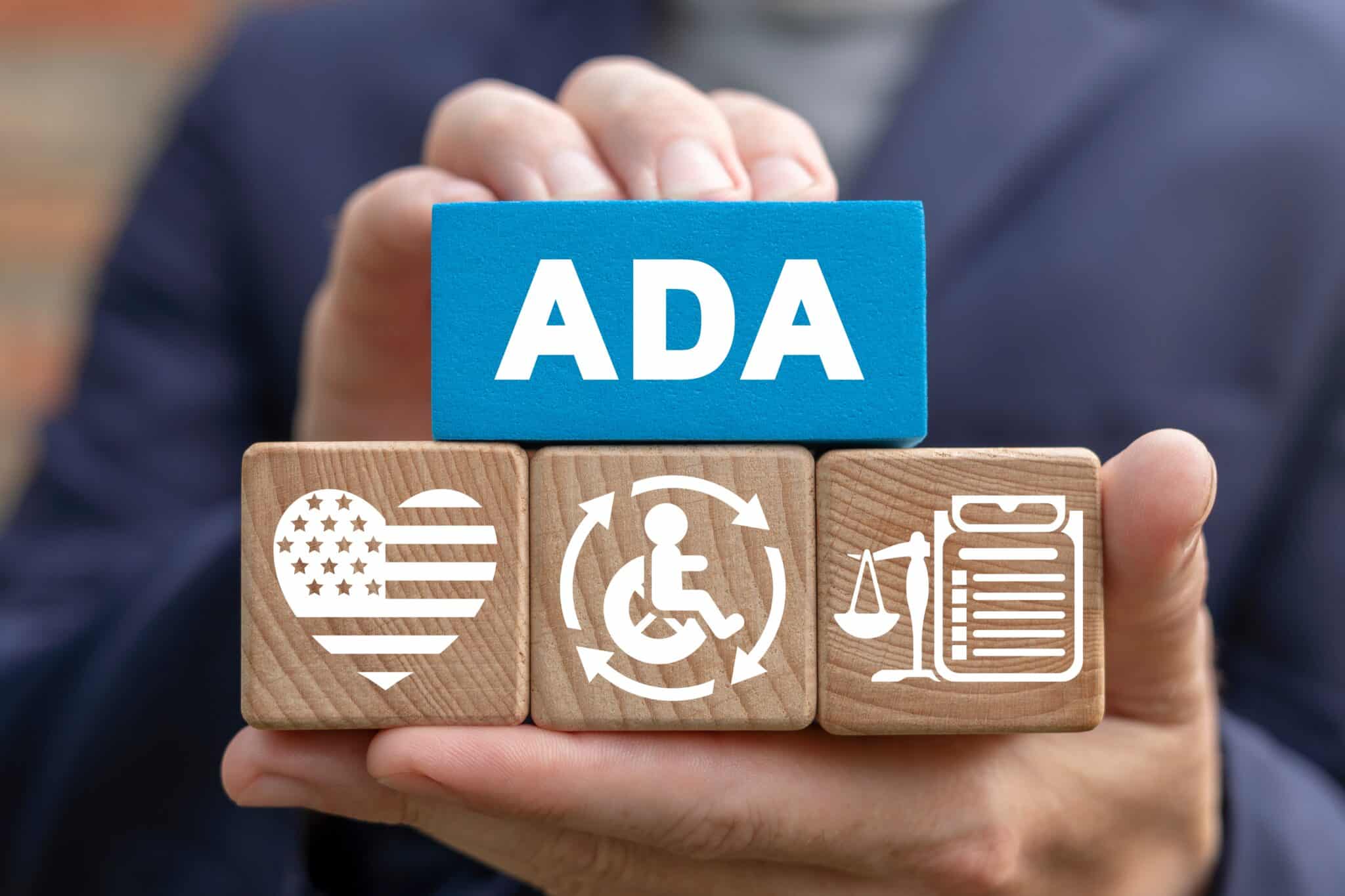The Role of Non-Economic Damage Caps on FL Medical Malpractice
Can you put a dollar amount on losing a loved one? Can you calculate pain and suffering? Is there a limit as to how much you can receive to compensate for emotional damages?
These are the questions that Florida courts had to answer throughout the end of 2019. Two situations, in particular, involve non-economic damages in medical malpractice cases.
If you or a loved one has been the victim of medical malpractice, these decisions are important to follow. You may have to file for non-economic damages to receive compensation for damage caused by the malpractice.
What Does Florida Consider Non-Economic Damages?
Non-economic damages don’t just appear in medical malpractice suits. Plaintiffs in any civil suit can file for economic or non-economic damages.
While economic damages are more concrete and easy to measure (medical bills, loss of income, etc.), non-economic damages are less tangible.
Examples of non-economic damages include, but are not limited to:
- Pain and suffering
- Emotional distress
- Impairment, disfigurement, or disability
- Loss of companionship
- Loss related to the plaintiff’s reputation
- Loss of enjoyment of life
Many states have caps on how much a plaintiff can be awarded in non-economic damages. However, a recent appeals court case just made Florida’s rules on non-economic damage caps a little more complicated.
Florida’s Non-Economic Damage Cap Upheld
Traditionally, if a plaintiff claims that their pain and suffering is worth $2 million, for example, they may only be able to win up to $500,000 or $1 million.
Well, in December this sort of cap was challenged (again) as unconstitutional.
Specifically, the 3rd District Court of Appeals upheld a $350,000 non-economic damages cap on a medical malpractice case.
Court of Appeals Agrees to Stick to Strict Arbitration Damage Caps
In the recent case, the plaintiffs argued that the caps on non-economic damages were unconstitutional. A circuit court agreed and increased the damages awarded to $450,000. But the appeals court disagreed. They upheld the cap and ruled that the plaintiffs be awarded $350,000 in non-economic damages. So what was the reason?
The Plaintiff Chose Arbitration Over Traditional Jury Trial
This case wasn’t just any medical malpractice case. Before the case went to trial, the defendants offered to arbitrate the medical malpractice case. Arbitration is an alternative process to a traditional jury trial with less formal proceedings. Unlike a jury trial, there are strict caps on how much a plaintiff can receive.
Opting for a Jury Trial Increases Cap to $500k
Various states have non-economic damage caps on all medical malpractice cases. In some states, non-economic damages caps exist on all lawsuits. Before 2017, Florida had these caps.
The state’s limit on non-economic damages was $500,000 in medical malpractice cases, although that cap can reach $1 million when the malpractice causes death or a vegetative state.
In 2017, the Florida Supreme Court ruled that these caps were unconstitutional. Now, unless arbitration is involved in the medical malpractice suit, you can sue for non-economic damages that exceed $1 million.
Who Can File for Non-Economic Damages Due to Medical Malpractice
The questions don’t end when it comes to non-economic damages. Another current lawsuit asks who can file for these damages.
Lung Cancer Patient’s Children Barred from Filing
In 2017, a woman died due to complications related to lung cancer. Under Florida state law, her children are barred from filing for non-economic damages related to the woman’s wrongful death from medical malpractice.
This is a rule that is limited to medical malpractice lawsuits. In other wrongful death suits, plaintiffs can file for damages related to pain and suffering.
The Ban Was an Effort to Curtail a Medical Malpractice “Crisis”
Why can’t adult children get compensation for their mother’s death? The answer was given by the Florida Supreme Court in 2000. At the time, the court said that this ban was needed due to a medical malpractice “crisis” in the state of Florida.
Allowing adult children to receive non-economic damages would only put bigger dents in the pockets of doctors and health providers who had to pay up.
2nd District Asks Supreme Court to Weigh-in
Is limiting this ban to medical malpractice suits fair? That’s what the 2nd District Court of Appeal wants to know. They asked the Supreme Court to take another look at whether or not this “crisis” still exists in the state of Florida, and whether or not it justifies barring adult children from receiving pain and suffering damages. The rules on who can file for non-economic damages (and for how much) can change with a single decision from the Florida Supreme Court. So stay tuned.
In the meantime, if you or a loved one has been a victim of medical malpractice, reach out to an experienced Florida personal injury lawyer about filing suit, going through arbitration, or other options for getting the compensation you and your family deserve for your pain and suffering.
About the Author:
Andrew Winston is a partner at the personal injury law firm of Winston Law. For over 20 years, he has successfully represented countless people in all kinds of personal injury cases, with a particular focus on child injury, legal malpractice, and premises liability. He has been recognized for excellence in the representation of injured clients by admission to the Million Dollar Advocates Forum, is AV Preeminent Rated by the Martindale-Hubbell Law Directory, enjoys a 10.0 rating by AVVO as a Top Personal Injury Attorney, has been selected as a Florida “SuperLawyer” from 2011-2017 – an honor reserved for the top 5% of lawyers in the state – and was voted to Florida Trend’s ”Legal Elite” and as one of the Top 100 Lawyers in Florida and one of the Top 100 Lawyers in the Miami area for 2015, 2016, and 2017.
 Injured on Vacation in Florida? You Still Have Rights to File a Claim
Injured on Vacation in Florida? You Still Have Rights to File a Claim 


















